Your vital organs—screened
Scan your body for potential cancer and 500+ conditions in up to 13 organs.




Our scan is designed to















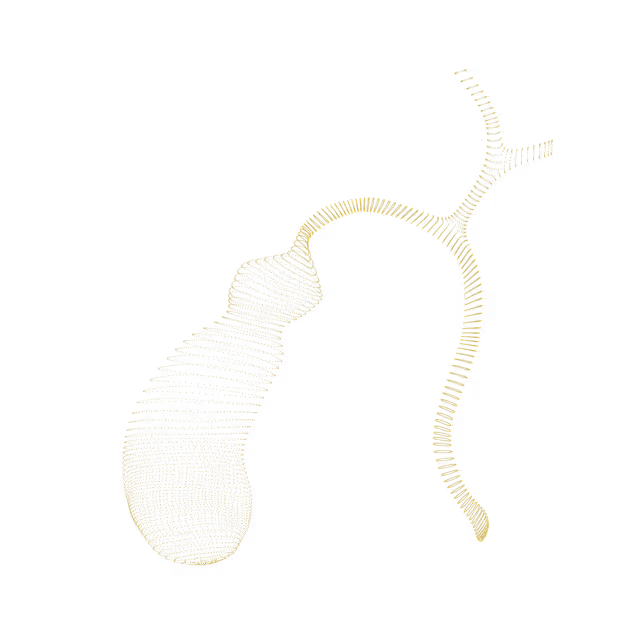
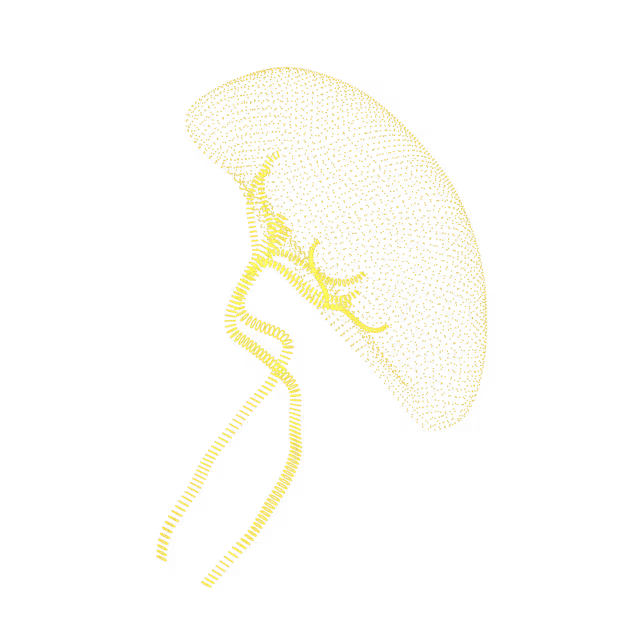

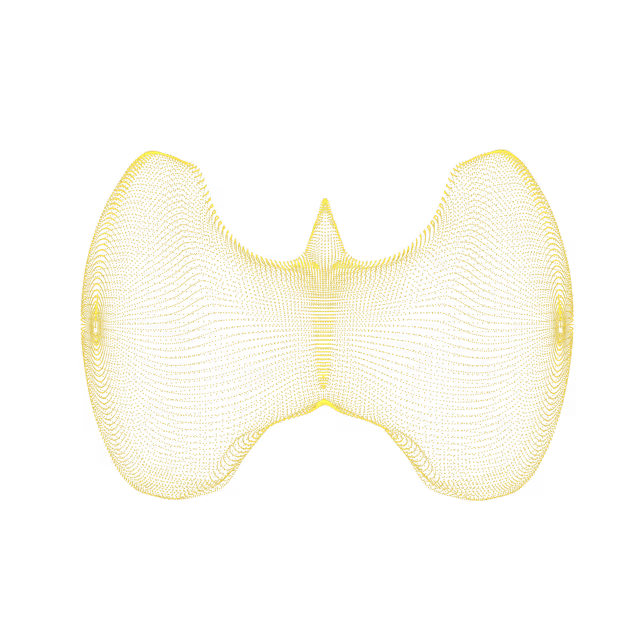

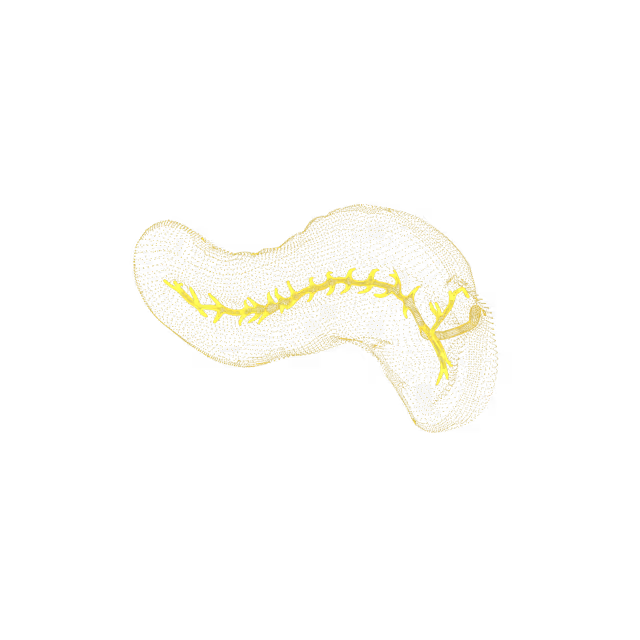
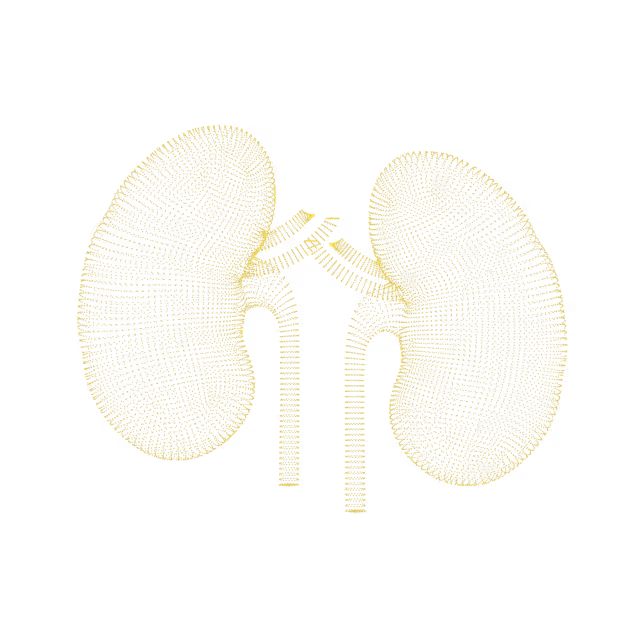
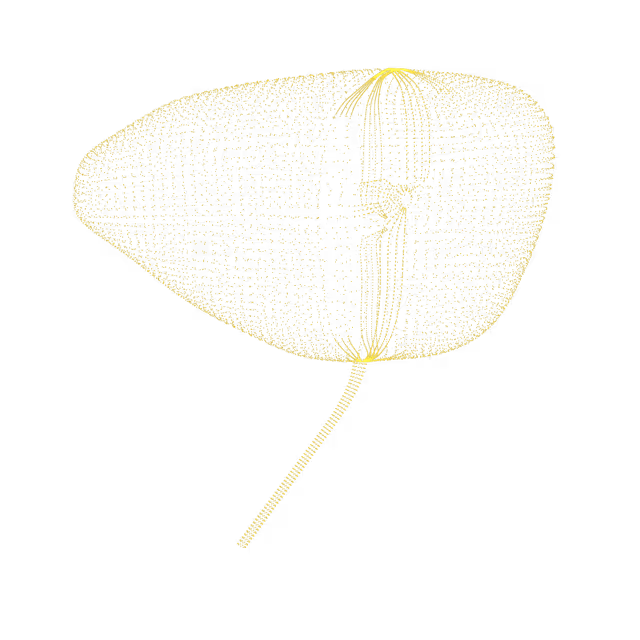
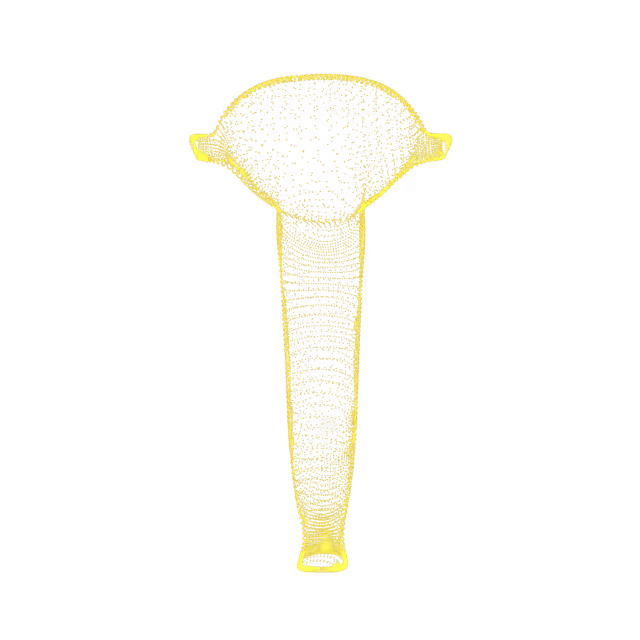
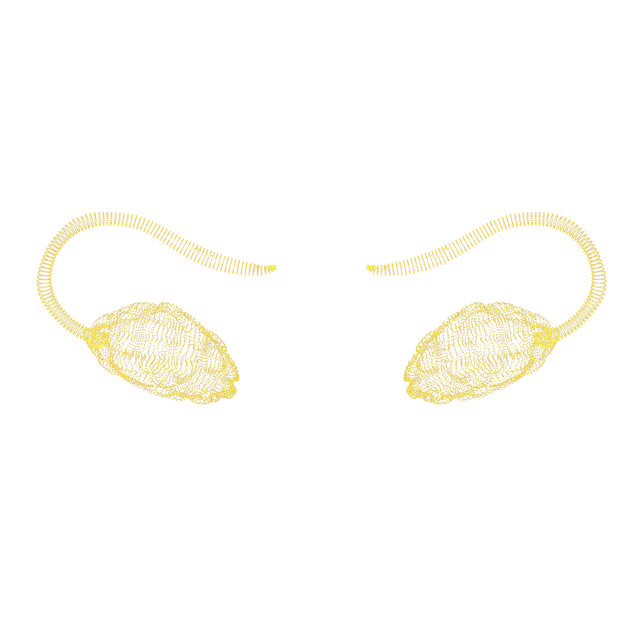
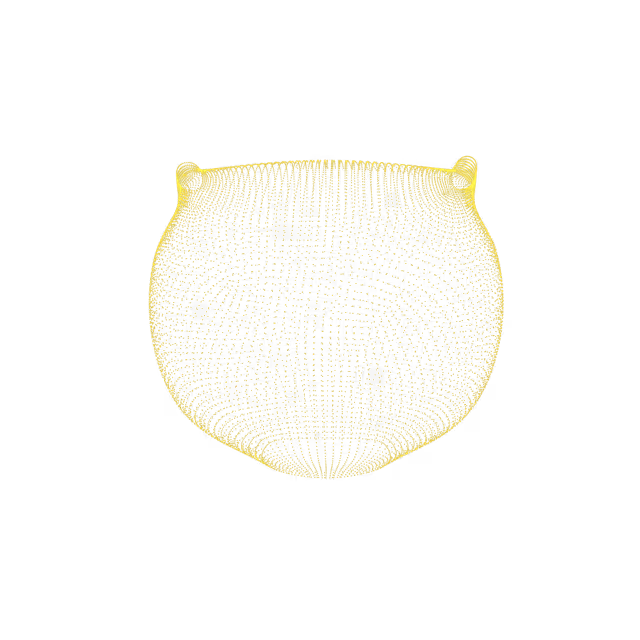

Breast cysts are fluid-filled sacs inside the breast. They are usually noncancerous (benign). Although breast cysts can be found in women of any age, they're more common in women before menopause, typically under age 50. Breast cysts also commonly occur in postmenopausal women who take hormone therapy.
Gynecomastia is a non-cancerous enlargement of male breast gland tissue and is the most common breast condition in males. True gynecomastia should be differentiated from pseudogynecomastia (lipomastia), which refers to an increase in the amount of fat with no increase in breast gland tissue.
Pneumonia is a viral and/or bacterial infection of the lungs. Symptoms include fever, dyspnea (shortness of breath), productive cough (coughing that brings up mucus), pleuritic pain (pain in the chest when inhaling and exhaling) and hemoptysis (blood in the mucus).
Bronchiectasis is when the airways in the lung are wider than normal. This is caused by long-standing inflammation and/or infection of the airways. Bronchiectasis usually causes symptoms of chronic cough - often with mucus (sputum), shortness of breath and frequent respiratory infections.
Emphysema is when the air spaces/sacs in the lung are damaged and permanently lose their natural elasticity. It is a type of chronic obstructive pulmonary disease (COPD), and is most commonly caused by smoking.
The aorta is the main blood vessel that exits the heart and brings oxygen-rich blood to the rest of the body. Atherosclerosis is when plaque (cholesterol containing fatty deposits) builds up and hardens the blood vessels, and if it progresses, can block blood flow causing heart attack or stroke. Risk factors for atherosclerosis include high blood pressure, poor cholesterol, diabetes, and smoking.
Coronary artery calcification is when parts of the vessels of the heart accumulate calcium deposits. This calcification process is similar to atherosclerosis, which is when plaque (cholesterol containing fatty deposits) builds up and hardens the blood vessels, and it is associated with increased risk of cardiovascular disease (e.g. heart attack and stroke).
Coronary stenosis is the blockage or narrowing of the arteries that supply blood to the heart muscle. It is often due to atherosclerosis, which is when plaque (cholesterol containing fatty deposits) builds up and hardens the arteries. If atherosclerosis progresses, it can block blood flow causing a heart attack or stroke.
Bronchial wall thickening is a radiology description for thickened airway walls. It is usually caused by inflammation from a viral infection, irritating chemical exposure (e.g. cigarette smoke, cleaning chemicals) or asthma. The management for bronchial wall thickening depends on the underlying root cause. If you are smoking, the first treatment is to stop smoking.
Patchy consolidation refers to any finding where the air space in the lungs is being filled by fluid (i.e. water or pus). Consolidation of the lungs can happen for many reasons, including pneumonia, heart failure and lung cancer.


© 2025 Ezra